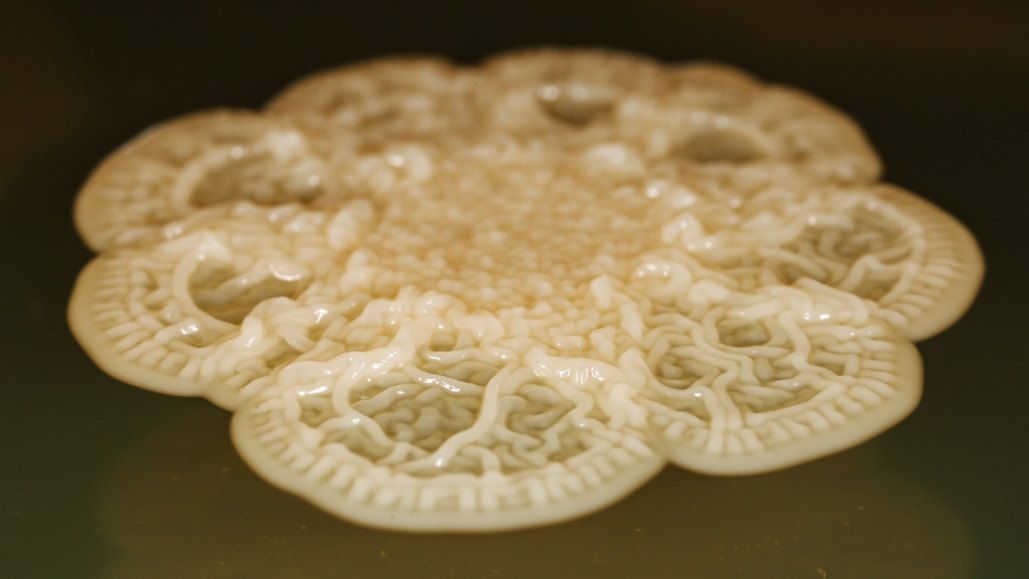Certain Oral Bacteria Can Simultaneously Divide into Up to 14 Cells

Among the more than 500 species of bacteria that thrive in the human mouth, one seems to play by its own rules.
Rather than reproducing by splitting itself in two, like most bacteria do, Corynebacterium matruchotii divides into as many as 14 cells simultaneously, researchers report in the Sept. 10 Proceedings of the National Academy of Sciences.
C. matruchotii is a filamentous bacterium known to reside in plaque near the gum line. Microbiologist Scott Chimileski of the Marine Biological Laboratory in Woods Hole, Mass., noticed cells prolifically splitting as he and colleagues used time-lapse imaging to study live microbial communities in the human mouth (SN: 7/11/16).
“Once he presented the finding, we thought, ‘Oh my God! This is absolutely amazing,’” says study coauthor Gary Borisy, a microbiologist at the ADA Forsyth Institute in Cambridge, Mass.
Some other types of bacteria can divide many times at once to generate spores — dormant cells that can later become active daughter cells. But no other known species divides into many daughter cells that then also immediately start growing and dividing, the researchers say.
The unique reproductive strategy might allow C. matruchotii to quickly claim a lot of territory. “When we brush our teeth, we brush the bacteria away. But by the next day, it’s back,” Borisy says. “We think it just crawls up by rapidly expanding into fresh territory.”
The team next plans to study how C. matruchotii forms a biofilm that other bacteria in the mouth bind to, which could have implications for oral health.




